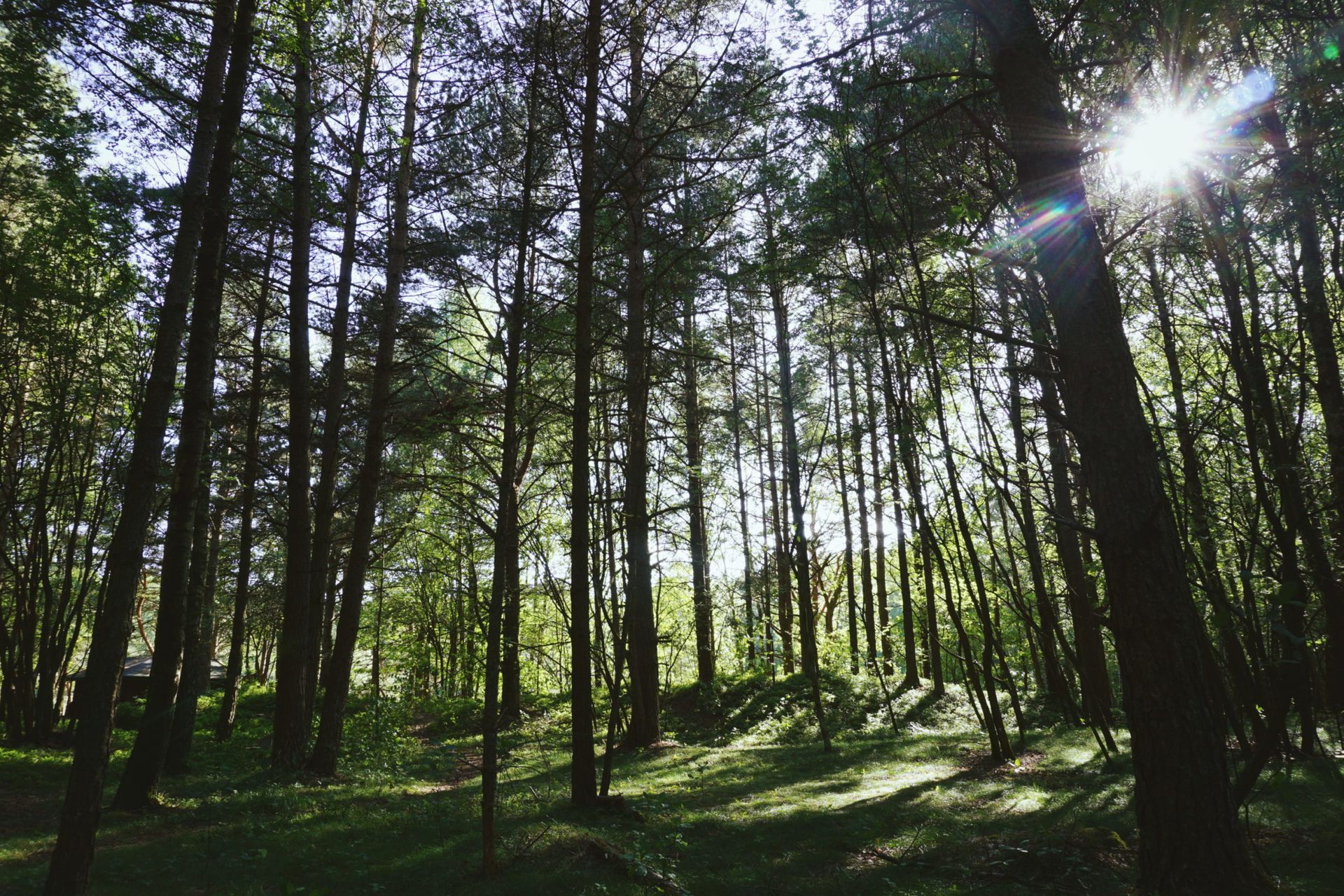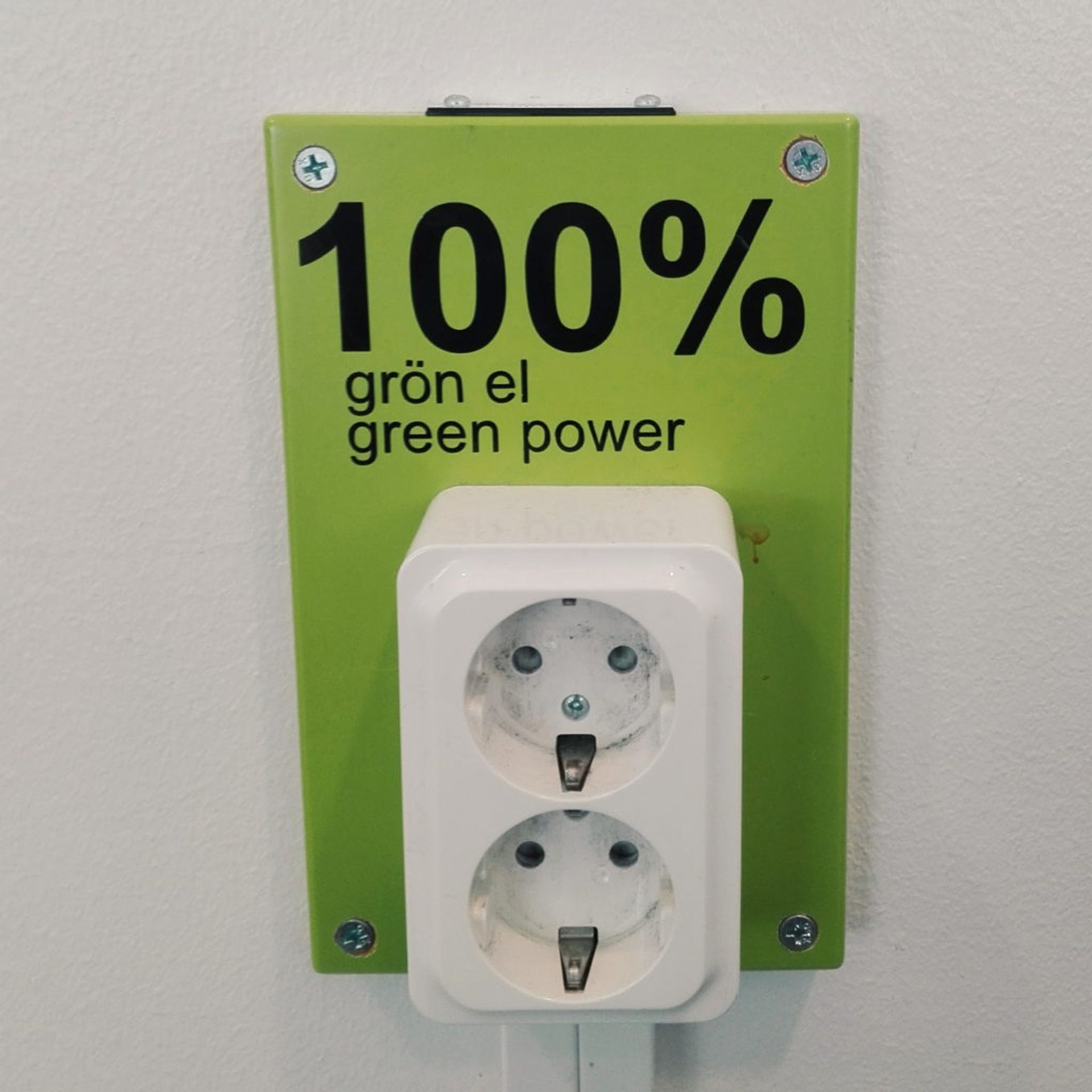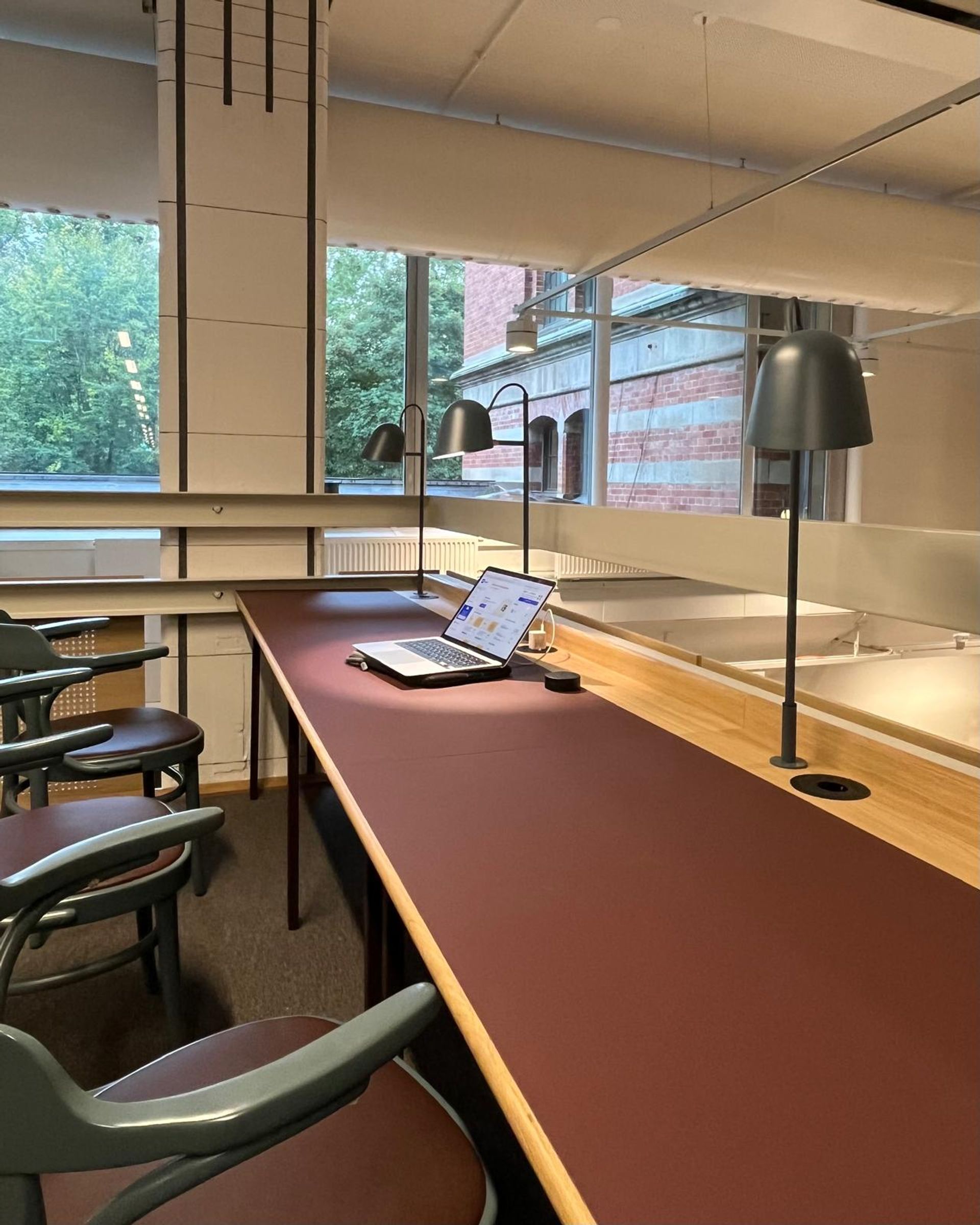
Written by Usisipho
25 Jun 2018
Sweden is known as being one of the most sustainable societies out there. So along with Sania and Supritha, we decided to do a sustainability challenge to share what sustainability in daily life in Sweden is all about!
moreAs part of our challenge, we covered a number of areas – from transport and diet, to water and recycling. Here’s a bit more about how these are related to life in Sweden!
In Sweden, not many people drive. Almost everyone takes public transport of some sort. Depending on where, this might be the subway, a tram, or buses. Furthermore, most of this transport runs on sustainable or renewable forms of energy. Anything from biogas, to biodiesel, or even clean forms of electricity.
Besides the public transport, many people use other forms of transport, such as bicycles or even walking. Personally, I mostly cycle or walk to campus. Luckily, I live close to university, so walking takes about 15 – 20 minutes, while cycling only takes 5 – 10 minutes!

Recycling rates are extremely high in Sweden – most statistics estimate that it’s in the region of more than 95%. The rates are so high, that Sweden sometimes imports waste from neighbouring countries!
Everyone separates waste at the source – at home. There are recycling stations at almost every apartment block, where waste is generally separated into glass (clear and with colour), paper, metals, and plastics. Many areas also have organic waste stations, which are used for providing material to make biogas and compost. Much of the waste is used for energy recycling, where it is used in order to provide electricity and district heating. Centralised district heating is a great use of energy, especially during the cold Swedish winters.
Energy is largely generated from low carbon emissions sources. For example, a large portion of heat and electricity is generated from waste. Other major sources include hydroelectric power, a clean source of electricity!

Many people in Sweden are vegetarian or vegan. People choose this for a number of reasons, one of which is that a vegetarian diet generally has a lower carbon footprint than a meat-containing diet. At Chalmers, the lunch restaurant even has an estimate of the carbon footprint of each of the dishes served, helping you to choose the most eco-friendly option! Since moving to Sweden, I’ve found that I eat a lot more vegetarian meals than I did before. When there’s an abundance of choice, it’s often an easy decision to make!
If you’d like to read about our sustainability challenge, check out Sania’s blog here!






